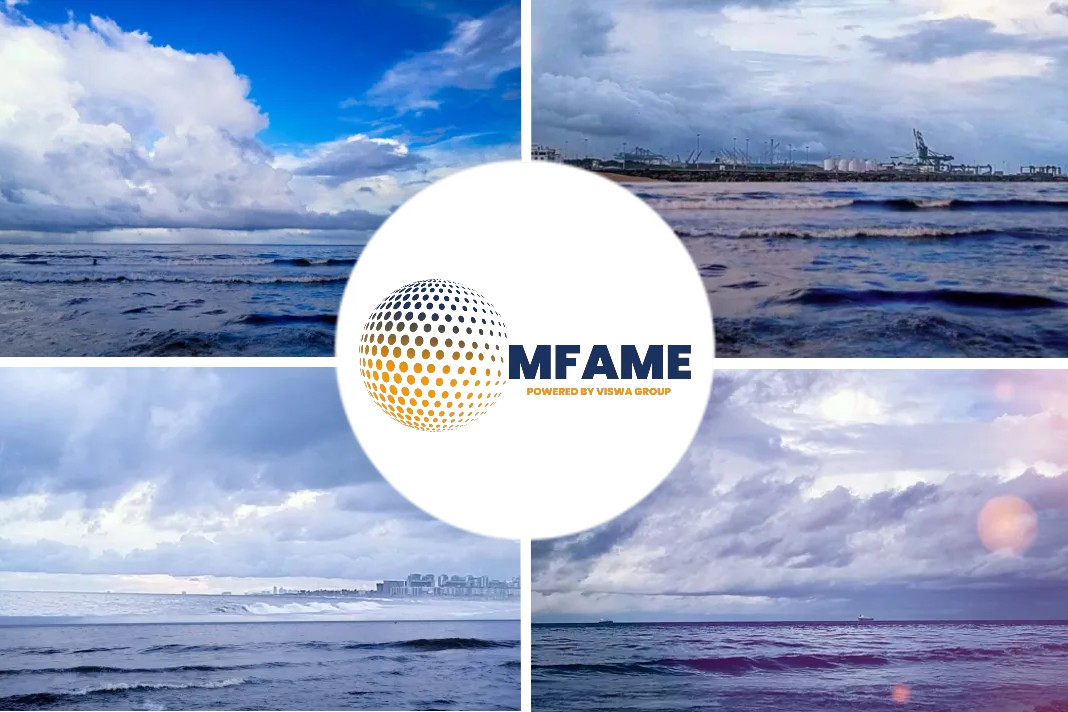- The Global Fleet could be lacking of 100 million barrels of oil by 2020.
- The average earning of VLCCs fell by 65 percent to $6,159 a day, the lowest since 2009.
- Scrubbers and New Ballast Water System costs around 5 million dollars.
- The fleet growth will be as low as 0.3% due to the phase-out.
According to Global Marketing Systems Inc., one of the world’s top buyers of obsolete ships for scrap have got owners purging the supertanker fleet at the fastest pace since the 1980s, reports Bloomberg.
A 19-month curtailment of OPEC cargoes, and environmental regulations that are proving uneconomical to comply with, is driving this.
Lacking Transportation Capacity
While the demolition surge — sending vessels to be ripped apart on the beaches of India and Bangladesh — reflects the worst charter rates for owners in decades, scrapping often helps set the stage for market recoveries. Morgan Stanley estimates that the global fleet of so-called very large crude carriers could lack 100 million barrels of transportation capacity by late 2020.
“It prolongs the period of profitability after the turnaround,” said Fotis Giannakoulis, a NewYork based shipping analyst at the bank. “The more you scrap, the more you bring the recovery forward and accelerate its speed. The market will strengthen with high scrapping even with smallest growth in demand.”
Average earnings for 2 million barrel-hauling VLCCs fell by 65 percent to $6,159 a day so far this year, the lowest since at least 2009, according to data from Clarkson Research Services Ltd., a unit of the world’s biggest shipbroker. They were $17,794 for all of last year, $41,488 for 2016 and $64,846 in 2015.
Owners Hurt By the Pace
The number of tankers demolished in the first half of 2018 rose to 110, higher than any full year since 2013, according to Clarkson data. A total of 102 tankers were scrapped last year, 112 in 2013 and as many as 210 in 2010 and 230 in 1983.
Owners have been hurt by a pact among members of the Organization of Petroleum Exporting Countries, and allies led by Russia, to restrict crude output by 1.8 million barrels a day since the start of last year. About 20 million barrels, or 10 cargoes, get loaded every day onto very large crude carriers, or VLCCs, the industry’s biggest tankers, according to Clarkson data.
Spiraling Costs
The industry also faces a sharp escalation in costs. In 2020, most merchant ships will start using fuel with a maximum sulfur content of 0.5 percent, down from the current 3.5 percent limit in most places, according to a regulation set in October 2016 by the International Maritime Organization, a United Nations agency. Sulfur emissions are linked to acid rain and medical conditions such as asthma.
To comply, owners can either burn fuel that’s going to cost a lot more, or they can fit vessel engines with expensive exhaust cleaning systems — known as scrubbers — and continue using high sulfur fuel that’s cheaper. There are also rules about how to deal with the water ships take on as ballast when they don’t have cargoes.
A scrubber and a new ballast water system cost $5 million to $6 million combined, according to Poten & Partners. On top of that, mandatory surveys when ships are 15 years and 17 1/2 years old cost $4 million to $5 million. With scrap steel prices surging, it’s little wonder there’s been a pick up in demolition.
Scrap That
“Incoming regulations are raising costs for all shipowners making high scrap price relatively more attractive,” said Brian Gallagher, head of investor relations at Euronav NV, an Antwerp-based operator of supertankers. “Elevated price of steel means high recycling prices for tankers.”
Global steelmakers are enjoying the best market conditions in years, with demand in almost every major market forecast to grow this year.
Older vessels currently fetch as much as $18 million — a record — because the demolition yards are competing to win them, according to Anil Sharma, the chief executive officer of GMS. That’s because other classes of shipping are faring better.
“Tanker scrapping in 2010 was one at of the highest levels in many decades and we believe the total number in 2018 will most likely be higher than that,” Sharma said.
Utilization Plunge
Pressure on older large tankers increases as utilization after 15 years of age reduces materially, according to Euronav’s Gallagher. “This is reflected in even lower rates for this section of market compared to other age categories.”
Very large crude carriers, or VLCCs, are forecast to earn $16,509 a day this year before recovering to $29,750 next year and $38,526 in 2020, according to median estimates of shipping analysts in a survey in May.
The fleet will grow by only 0.3 percent this year thanks to the pace of phase-outs that helped to limit the impact of a heavy newbuilding schedule, said George Los, senior tanker markets analyst at Charles R. Weber Co. in Greenwich, Connecticut.
“This is likely raising the floor on earnings modestly, but a return to better fortunes for tanker owners will require demand to catch up with supply,” Los said, estimating VLCC fleet growth will jump to 7.2 percent next year. “As the market works through deliveries of the excessive orders of prior years, fleet growth is likely to remain a key challenge through at least the end of 2019.”
Did you subscribe for our daily newsletter?
It’s Free! Click here to Subscribe!
Source: Bloomberg

















